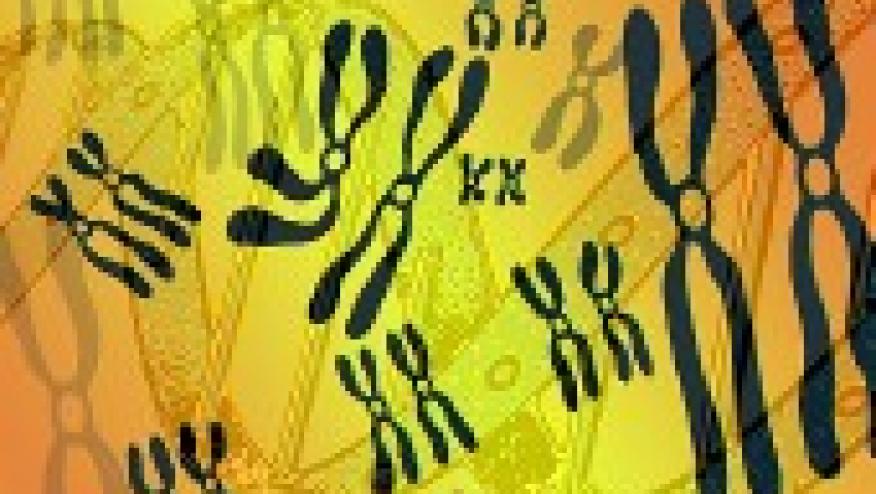Undifferentiated Autoinflammatory Syndrome Called VEXAS Save

Saturday's session on autoinflammatory syndromes featured Dr. Dan Kastner addressing - The Adult with Undifferentiated Autoinflammatory Disease.
Dr. Kastner reviewed recent advances at the NIH noting tha among the 3000 patients followed in the autoinflammatory clinic at the NIH – only 1000 have a confirmed genetic diagnosis. So the search for new entities goes on as they continue to follow and study patients with undifferentiated autoinflammatory syndromes.
He noted that 3 middle aged men were recently identified with somatic mutations in UBA1.
UBA1 is found mostly in myeloid cells (not T & B cells). Bone marrow aspirate from one such person showed vacuolar changes in cellular aspirates, that were previously seen in 2 other patients – who happened to have a relapsing polychondritis (RP) like disorder.
Further study found a total of 25 patients with this UBA1 mutation; all male, middle aged, with fever, Sweets-like rash, neutrophilic pulmonary involvement, chondritis, venous thromboembolic events, macrocytic anemia and BM vacuoles. Many were had previous diagnoses, including Sweets, RP, myelodysplastic syndrome, MGUS, and polyarteritis nodosa – yet now are all unified by this UBA1 mutation.
Careful review of the clinical and genetic info lead to the naming of this new syndrome now is called “VEXAS” and was recently reported in the NEJM. Using a genotype first strategy they identified this new disorder. He believes that somatic variants of X chromosome genes often go unrecognized and that somatic mutations may account for a significant minority of adult-onset undifferentiated autoinflammatory syndromes.
VEXAS
V acuoles
E1 ubiquitin-activating enzyme
X - Linked
A utoinflammatory
S omatic
Editor's note: this article was originally published November 7, 2020 and is being shared again.










If you are a health practitioner, you may Login/Register to comment.
Due to the nature of these comment forums, only health practitioners are allowed to comment at this time.